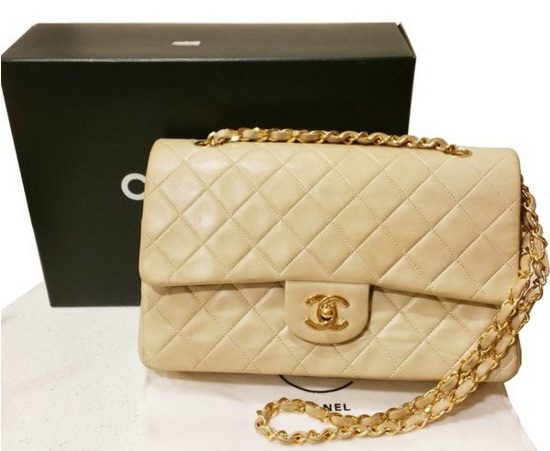You can search freely: you won’t find any promotions Black Friday for Ferrari 0 km vehicles. You also won’t see an advertisement offering discounts on the purchase of a Rolex watch, nor original bags from Hermès or Louis Vitton.
O luxury market solemnly ignores Black Friday, as well as summer and winter sales. There is no worry about stock burning. Paying a lot for an exclusive product is precisely the marketing of the brands that make up this select group.
A Black Friday was born in the United States to serve a high volume market. In Brazil, it was designed to make consumers spend before Christmas and works for high-consumption products with lower values. It’s exactly the opposite of what the luxury market works.
Lorenzo Merlino, stylist and professor at FAAP (Centro Universitário Armando Alvares Penteado), explains that many brands in the luxury market do not carry out sales as a way of increasing the value of the product. “And so as not to educate the consumer to wait for these promotions”, he states. “Sale has an extremely negative impact on the brand, which is making consumers wait for the promotion season to buy. The consumer thinks: ‘why am I going to buy now if in six months I will have the product at a lower price?’”
There are five big brands in the fashion world that never have sales: Chanel, Louis Vitton, Hermès, Goyard and Loro Piana. Not on Black Friday, not after Christmas and not at the change of season.
READ MORE: Luxury has its price — but it is too high for its consumers
“These are brands that have queues in front of their stores in Paris”, highlights Merlino. “It is precisely because consumers know that it is one of the most expensive products on the market that they are more compelled to buy it.”
Patricia Diniz, Marketing, Branding and Management consultant and postgraduate professor at ESPM (Escola Superior de Propaganda e Marketing de São Paulo), highlights that the vast majority of luxury brands do not participate in campaigns like Black Friday. “The concept of promotion and discount is not used when talking about the luxury market. One of your greatest assets is your own image. When a big brand participates in a promotion like BF it ends up impacting its brand equity (a concept linked to the appreciation of a brand by the consumer and the market).”
“If you’re having a sale, it’s because you want to sell more to more people”, reinforces the ESPM specialist. “And luxury brands want to maintain the notion of exclusivity. When evaluating a product from a luxury brand, in theory, it has a high value also due to the value that the brand adds to it. Following this logic, it makes no sense to promote, on the contrary, the tendency is to increase prices.”
According to estimates by consulting firm Bernstein Research, brands have a profit margin of eight to 12 times the cost of producing their products, which guarantees them operating margins above 30%. In comparison, traditional retailers like Gap or H&M have about 7%.
One strategy that some luxury brands use to attract a new consumer is to promote lower-priced products that are not their flagship products, such as perfumes, glasses and accessories. “Certain products are aspirational and integrate the line of accessible luxury. These products do not reflect the core business (main business) of the brand, are extensions of lines that it makes to serve a wider audience”, says Patricia Diniz, from ESPM.
‘Second-hand’ luxury
An alternative for those who want to buy a Louis Vitton bag or a Chanel is to browse the shelves of luxury second-hand stores, a segment that is growing in Brazil. “In the fashion market, obsolescence is subjective,” says Merlino. “It’s different from electronics. A belt, even if it goes out of fashion, still works. The second-hand market is becoming crucial.”
READ MORE: Travel, bags, jewelry and even boats: how to find luxury items on Black Friday?
The new generations see luxury thrift stores as something much more than access to more exclusive products. These spaces, for younger people, function as a more sustainable consumption ecosystem. “’Second-hand’ clothing gives Generation Z (people born between 1995 and 2010) the excuse that at least they are not harming the planet by consuming these products, because the element has already been produced. It is better to be used than to end up in a landfill or on an abandoned beach in Africa”, emphasizes Lorenzo Merlino, stylist and professor at FAAP.





